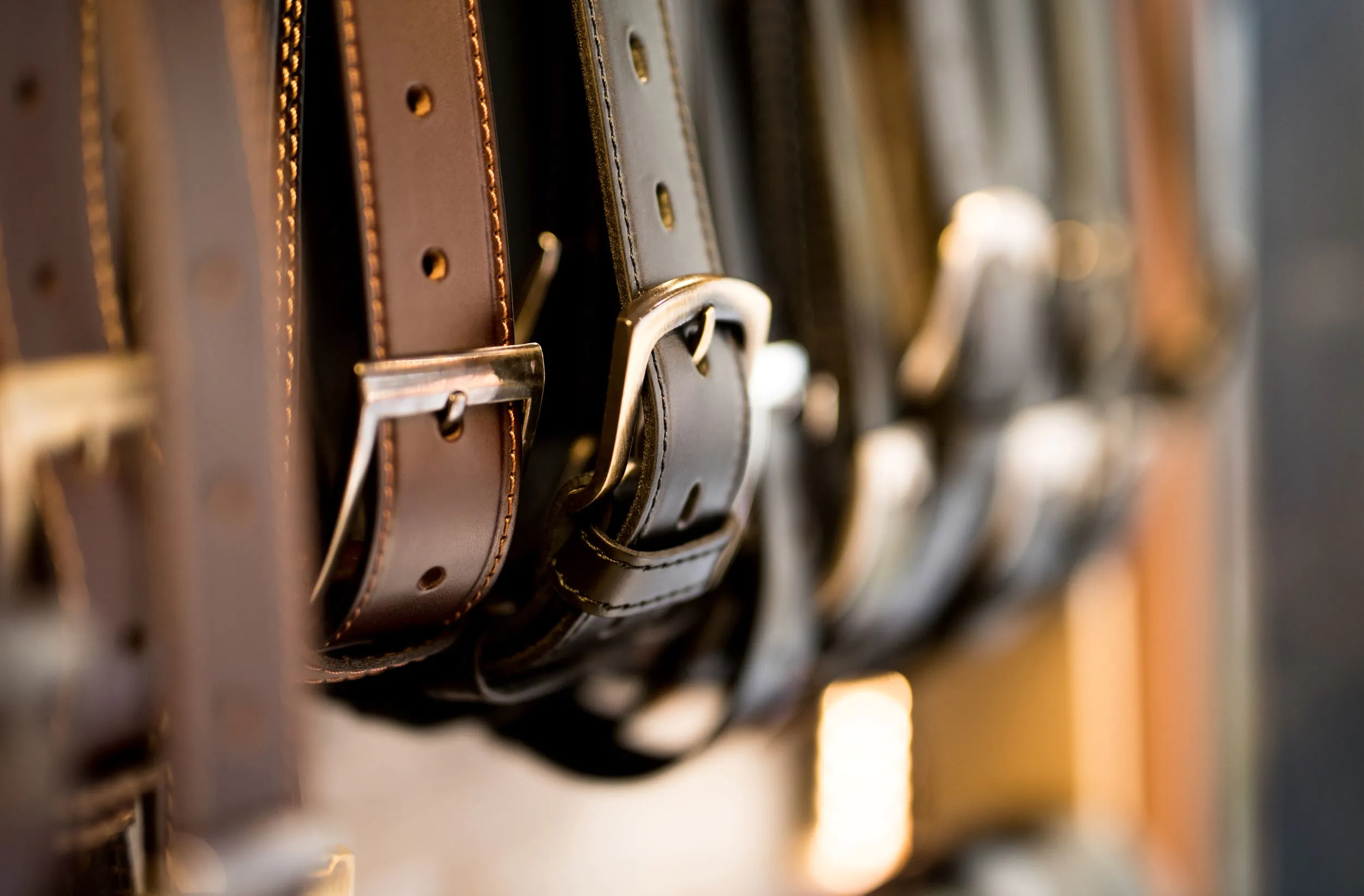Leather continues to be a popular material around the world, in both luxury goods and in more widely accessible products. With a global industry worth over $240 billion in 2022, both natural leather and leather substitutes remain in high demand, though the market for synthetic leather is growing at a faster rate than the overall leather industry. As consumers increasingly look for sustainable and socially responsible goods, many are opting for alternatives to animal hide leather when buying leather products.
Sustainability Challenges for Traditional Leather Products
While real leather is typically a byproduct of the food industry rather than something that animals are specifically raised for, many people still prefer not to purchase or use it on ethical grounds. And there are other concerns around leather as well: currently most leather tanning and finishing involves chemicals and metals that can be harmful to the environment and can prevent the leather from properly biodegrading once it’s reached the end of its life. While the leather industry is actively working to change that, it will take some time before these toxic substances are removed from the leather tanning process, and in the meantime many customers will opt for alternative leather products instead.
Genuine leather currently still accounts for a little over half the global leather goods market, however. From apparel to footwear, handbags, and other accessories and products, it remains a popular material and arguably is perceived as more luxurious than its artificial counterparts. But with fashion designers as well as businesses such as luxury car manufacturers moving towards leather substitutes for their products, that perception may already be changing.
Traditional vegan leather, while a popular substitute for leather made from animal hide, is not as beneficial to the environment as it may seem. Typically this kind of leather product is made from plastic and synthetic materials such as polyurethane and PVC. When these materials break down they create microplastics that spread everywhere in the environment and eventually make their way into human bodies. While this type of vegan leather may not directly involve harming animals to create it, it still does damage to people and to the planet.
With companies facing increasing scrutiny from consumers and a decreasing tolerance for “greenwashing” — paying lip service to sustainability without taking material action to protect the environment — vegan leathers made from plastics are going to have a harder time competing in the market. But with many people still looking for alternatives to genuine leather products, many businesses are getting creative when it comes to leather substitutes that are truly sustainable.
Creative Plant-Based Solutions
Plants of various types are proving to be a popular source of material for leather substitutes. Apples, leaves, and cacti are all being used to create new types of vegan leather. Companies are also exploring mycelium as a material. These alternatives can be produced using less water, create less waste, and often can safely decompose at the end of the item’s life cycle.
An Apple a Day
Danish company Beyond Leather Materials has developed Leap, a plant-based leather made from apple waste. Using 500–600 tons of waste from a small Danish juicer, the company has developed a three-layered product composed of apple, natural rubber, and cotton and wood fiber. Although the product is not 100% made of plants, it can be disassembled at the end of its life cycle and its components properly broken down. According to the company, Leap leather requires only a fraction of the water that natural leather does, while emitting 85% less carbon dioxide.
Leave it to Leaves
Some businesses have decided to work with leaves to make alternative leathers. Dutch designer Tjeerd Veenhoven created Palmleather over 10 years ago out of a desire to make use of the leaves from millions of Areca Betel Nut Palm trees in southern India. These leaves can be made more flexible when dipped in a biological softening solution and are used for many different leather products, from bags to book covers to rugs.
Piñatex is a leather product made from pineapple leaves, which have strong, durable fibers. Working with Filipino farmers, the leather makes use of leaves that would otherwise be going to waste. Roughly 480 leaves make one square meter of Piñatex, and the creation process involves very little waste. The finished product is lighter and less expensive than leather made from animal hides and is now used by leading fashion and footwear brands around the world.
Cactus isn’t a Prickly Proposition
Another plant being used to create leather is cactus. Desserto is a brand of leather made out of the prickly pear cactus. Because the plants survive on very little water, they can be farmed without using irrigation, meaning the production of Desserto leather requires vastly less water than many other types of leather. The cactus can also sequester carbon, allowing the company to absorb more carbon dioxide than it creates during the production process. On top of that, the byproducts of production can be used for animal feed, further reducing waste and environmental impact.
Fungus Feats
Mushrooms are a diverse and versatile group of fungi that can be used for many different purposes. Multiple companies have been using mycelium in various ways to produce artificial leather. Mycoworks takes it one step farther and engineers mycelium cells to fill out 3D structures and form the exact shape of the product being made, resulting in little or no waste. Leathers made from mycelium can be nearly indistinguishable from traditional leather.
Putting It All Together
There’s one leather manufacturing company that isn’t limiting itself to just a few ingredients in its leather substitutes, however. Uncaged Innovations operates on the idea that many different plants have valuable characteristics for leather products, and is using a blend of biomaterials to create a range of artificial leather products that can be customized to suit the product they’re being used for.
The American startup has spent more than two years testing hundreds of plant materials in various combinations to produce leathers with the right physical characteristics, allowing the company to adjust features such as elasticity and stiffness depending on the desired qualities of the finished product. Some of the ingredients used in the company’s leather include wood, algae, mushrooms, wheat, corn, natural rubber, and even things like coffee or flowers.
While Uncaged Innovations does offer a completely plastic-free leather, it has also created leathers that contain a small amount of plant-based polyurethane or other plastic to improve performance. The company says its leather uses only a small fraction of the amount of water that traditional leather production does, while producing only 5% as much carbon dioxide. When it reaches the end of its life, the material can be recycled into a second generation of leather.



